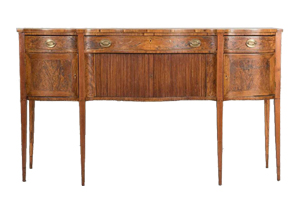
NEW YORK – Southern furniture, just like its Northeast counterpart, tends to be hyper-regional. A piece made in Charleston, S.C., will look different from one made in Richmond, Va., or one in Atlanta, Ga. For decades, furniture made in the South was incorrectly attributed to other regions and woefully understudied. Fortunately for collectors and aficionados, scholarship on antique Southern furniture has now cemented its legacy.
“Southern furniture tends to reflect the kinds of spaces it’s going to be in so if you think about the environmental conditions of the South, you are going to see more furniture for larger spaces so that influences scale,” said Daniel K. Ackermann, curator, Museum of Early Southern Decorative Arts at Old Salem Museums & Gardens in Winston-Salem, N.C.
Collectors tend to focus more on the individual attributes of a certain piece or regions than on specific cabinetmakers. “In the South, we didn’t really have rock star cabinetmakers in the same sense that Northerners or Londoners did,” said Sarah Campbell Drury, vice president of Fine and Decorative Arts, Case Antiques Inc. Auctions & Appraisals in Nashville and Knoxville, Tenn. “Eighteenth century Charleston, S.C., furniture, for example, is particularly sought after because it is extremely sophisticated. Furniture from Baltimore, Md., and the Valley of Virginia was highly valued for its exuberant use of inlay. Within each major city there were certain cabinetmakers known for fine work, but none achieved the fame of, say, Duncan Phyfe in New York.”
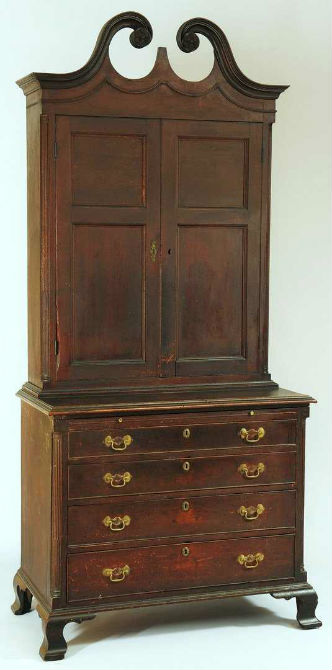
When there is a known maker, however, it automatically adds cachet and value. In Kentucky, pieces made by Porter Clay were highly coveted. One of Kentucky’s best cabinetmakers, he worked in Lexington in the early 19th century. He created bespoke sideboards, chairs, beds, tables and settees. In keeping with local practice at the time, most of his pieces are unsigned.
In Virginia, two well-known furniture makers were Anthony Hay and Peter Scott. “These are two early Williamsburg cabinetmakers. They are identifiable and highly collectible,” Ackermann said. In Fredericksburg, Va., Robert Walker is another early Virginia cabinetmaker with a definable body of work. In North Carolina was William Seay, known for a long time as the “WH cabinetmaker” because a lot of his furniture bore the initials “WH,” but he has recently been properly identified.
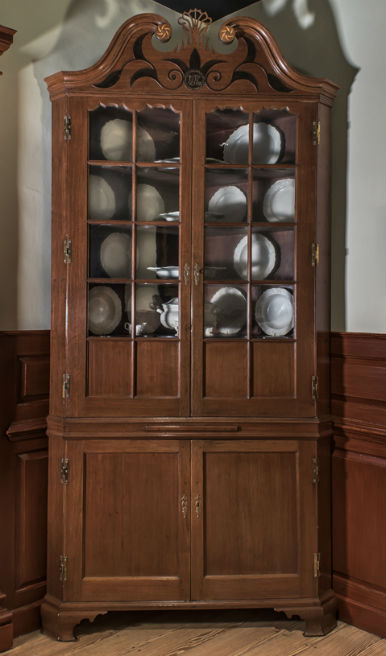
Moving well into the 19th century, Thomas Day was a well-collected cabinetmaker based in Milton, N.C. A free African-American cabinetmaker, Day owned the largest cabinet shop in North Carolina, according to the 1850 manufacturers census. “He was an incredible craftsman, he ran an incredible shop, but he also an incredible story so he is highly collectible. He brings together different collecting interests,” Ackermann said.
Other renowned makers are John Shaw in Annapolis, Md., and Thomas Elfe in Charleston, S.C., although sometimes name recognition is because a cabinetmaker was more prolific than his peers or a greater number of pieces have signatures or histories that can be reliably traced back to his shop, Campbell Drury said. “But most collectors would prefer to have a really wonderfully made, highly decorative piece by an unknown cabinetmaker than a mediocre piece by a maker with a recognizable name.”
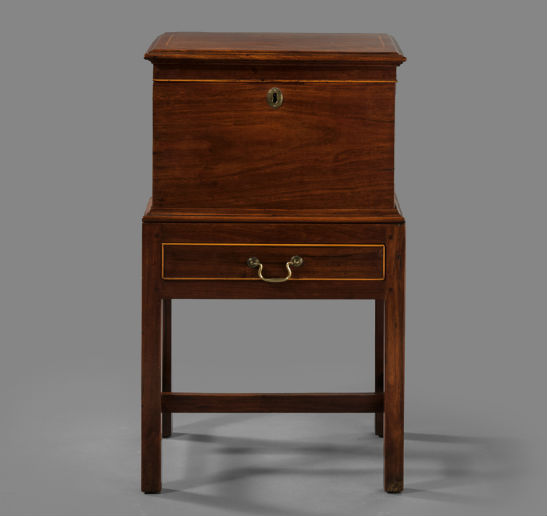
The last 20 years have seen increased and deserved emphasis on cabinetmakers of color, she said. “So we’re learning more about men like Thomas Day and Dick Poyner, a freed slave who made chairs in middle Tennessee (like Day, also in the 19th century).”
A few forms of furniture are considered quintessentially Southern, including the sugar chest, the cellarette, the hunt board and beaten biscuit tables (stone-topped wood tables where yeast biscuits would be made). “Sugar was hard to come by in the Southern backcountry, so it had to be kept under lock and key and away from pests,” Campbell Drury said.
“You particularly see sugar chests in Tennessee and Kentucky, and these are pieces of furniture specifically made in the 19th century for the storage of sugar,” Ackermann said. The cellarette is not a uniquely Southern form but it’s something often associated within the South. These are usually cases on legs meant for storing bottles of alcohol. The hunt board is, in essence, a vertical sideboard table but less formal and having taller legs. “It’s the kind of thing where it’s become so associated with the South that they are collected as particularly Southern things,” he said.
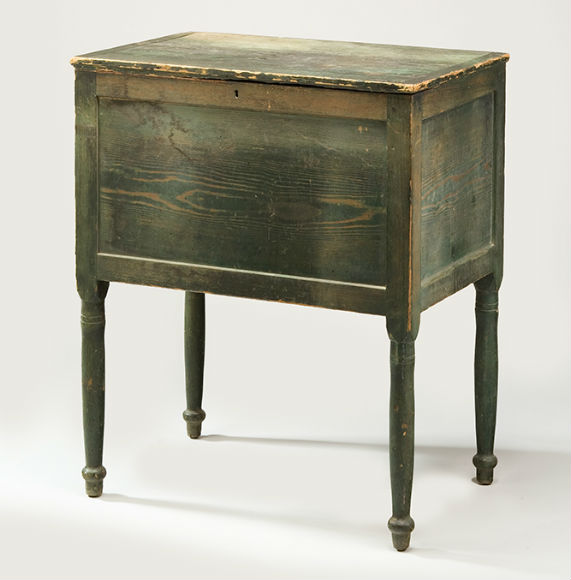
“For the average antique collector, what makes a Southern object great are the same things that makes any kind of antique object great – great proportions, great workmanship, great materials, and the history back to a place: to owners and makers and a particular moment of time.”
The “brown furniture” market, in general, is softer than it was five to 10 years ago, Campbell Drury noted, but pre-Industrial Revolution Southern furniture still finds buyers. Sugar forms and cellarettes have consistently performed well.
“At Case, we sell standard form sugar chests from about $5,000 to over $10,000 and cellarettes, sugar desks and sideboards can reach $20,000 or more. And for a really good piece of Southern furniture – watch out. We sold a rare tassel-footed Chippendale Pembroke table from the Petersburg, Va., area for $27,140 (est. $2,000-$3,000) in 2017 and a Kentucky secretary-bookcase recently sold for just under $500,000 at another auction house.”
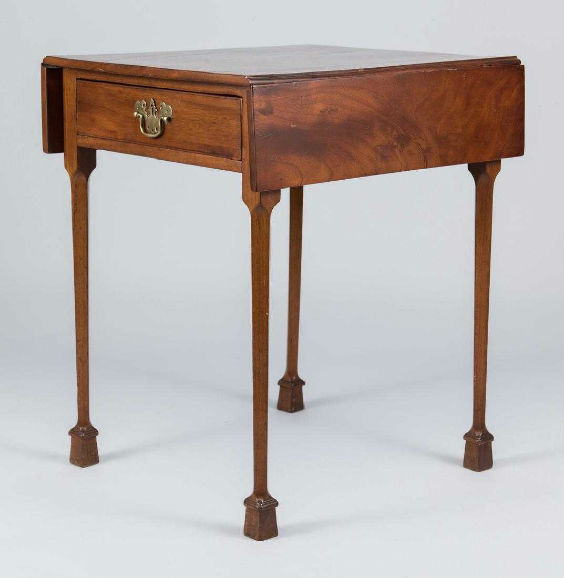
The latter piece made in 1796, was the highest auction price realized for Kentucky furniture (second-highest auction price for Southern furniture) when it sold in October 2017 at Cowan’s Auctions in Ohio. A Johannes Spitler hanging cupboard holds the record for Southern furniture when it fetched $962,500 in November 2004 at Green Valley Auctions in Virginia.
“Southern furniture is still having its day in the sun, especially as exciting new pieces leave their families of origin and come to the market for the first time,” Campbell Drury said.


